Mercedes-Benz Vision One-Eleven Concept Unveiled as EV, Gets Gullwing Doors
The new Vision One-Eleven places more emphasis on innovative technology like autonomous driving and augmented reality than on more traditional enhancements to performance. Eyes will be drawn to a car with gullwing doors, streamlined bodywork, and a star on the hood.

Mercedes-Benz has brought back an iconic car, the C111, reimagining it as a gull-winged supercar for the present day. Mercedes-Benz first unveiled the C111 in 1969 at the Frankfurt Auto Show but unfortunately the car never went into production but rather was used as an experimental vehicle by the German manufacturer. The new Vision One-Eleven focuses less on conventional performance mods like Wankels and turbos and more on cutting-edge technologies like autonomous driving and augmented reality. A vehicle with gullwing doors, sleek lines, and a star on the hood is certain to turn heads. The Vision One-Eleven, developed at the company's International Design Centre in Carlsbad, California, is an unmistakable tribute to that project from the 1970s. Although it may be challenging to figure out due to its retro-influenced design, the new concept really has a lot of potential.
Also Read: 2024 Chevrolet Camaro Collector's Edition Debuts as Homage to the Sixth-Generation Model
Mercedes-Benz Vision One-Eleven Concept: Design
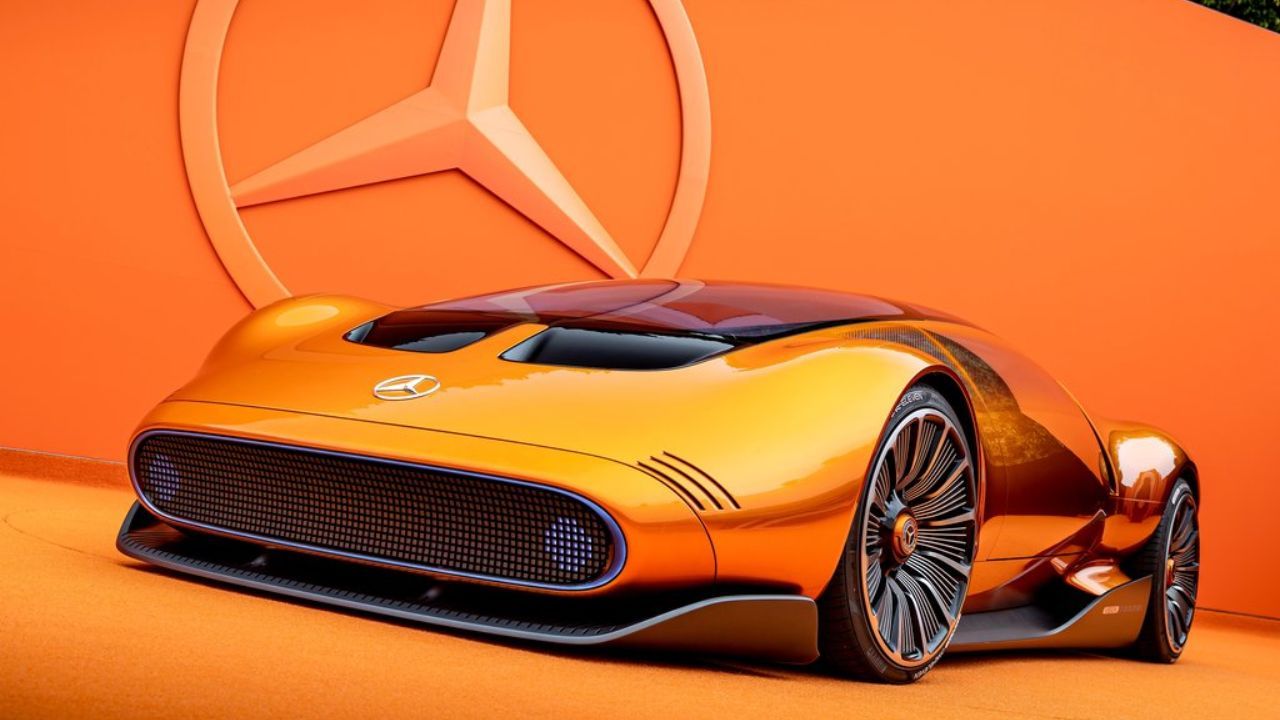
The Vision One-Eleven's gullwing doors are the most obvious visual link to the famed 1954 300SL, but there are several more elements that further establish the show car's lineage. The two circular taillights on the pixelated back graphic are also reminiscent of the C111, as is the oval-shaped front end. The blacked-out vents on the hood, which now lead to a canopy roof, are also reminiscent of the 1970s prototype.
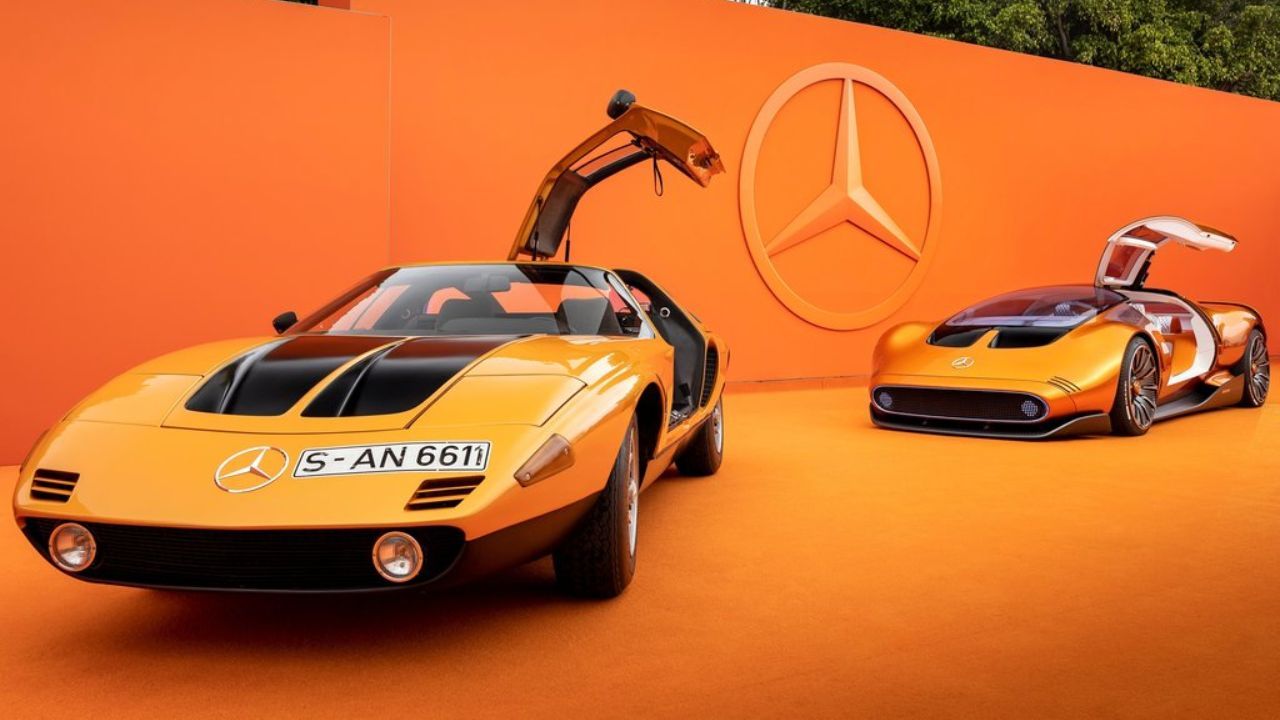
The Vision One-Eleven uses the curving, cab-forward Mercedes-EQ "one-bow" design language, in contrast to the boxy C111. The forceful rear diffuser and splitters up front give the original C111's orange and black colour scheme a more practical representation, while the fuselage-style body seems to rest atop the aero kit. In addition, the Vision concept is just 2 inches higher than its predecessor, making it unusually low for an electric car.
Mercedes-Benz Vision One-Eleven Concept: Interior
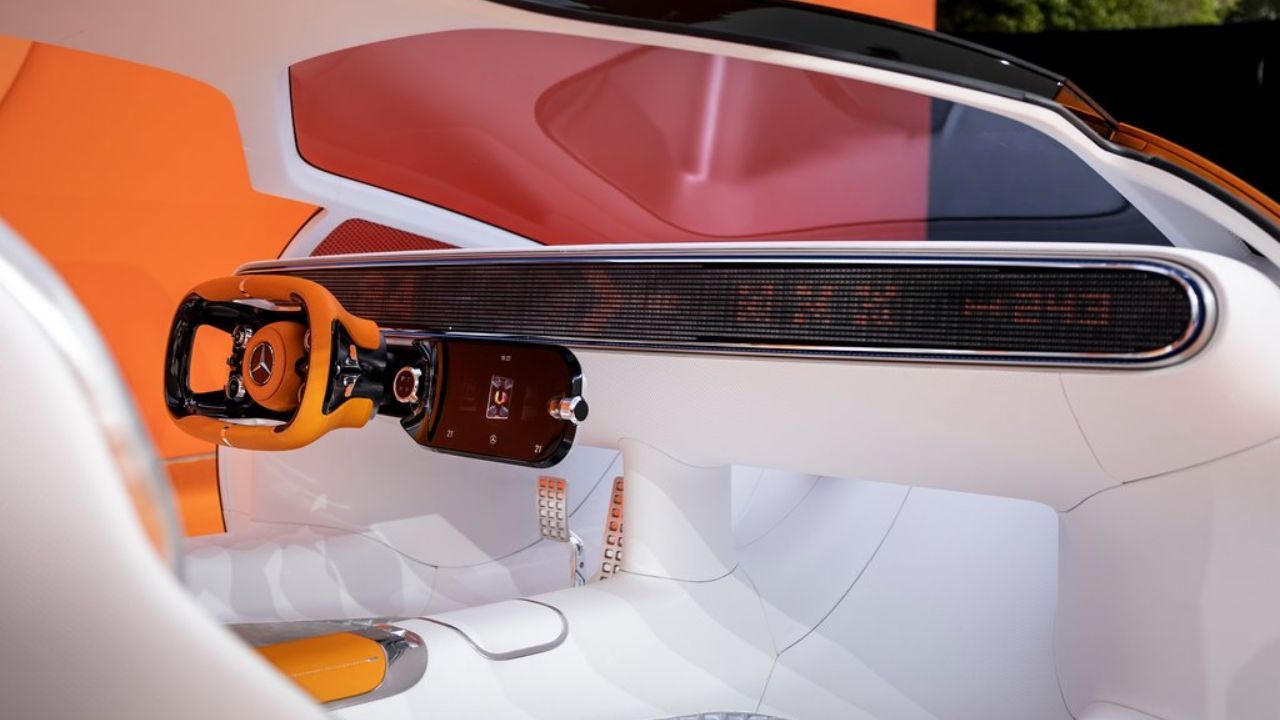
Mercedes claims the One-Eleven can drive itself, thus the interior adopts a two-personality strategy. Therefore, there are two play modes: Race and Lounge. When set to Race, the seats are more upright to provide a better perspective of the road, but when set to Lounge, the seats may recline to provide the driver with greater comfort. Similar to a Formula 1 car, the low bucket seats elevate the passengers' feet over their hips, while the open base of the windscreen, short console and hex-screened side windows provide the interior a light, airy sensation.
Also Read: Renault-Backed Software Republique's H1st Vision Concept Globally Revealed
Mercedes-Benz Vision One-Eleven Concept: Powertrain
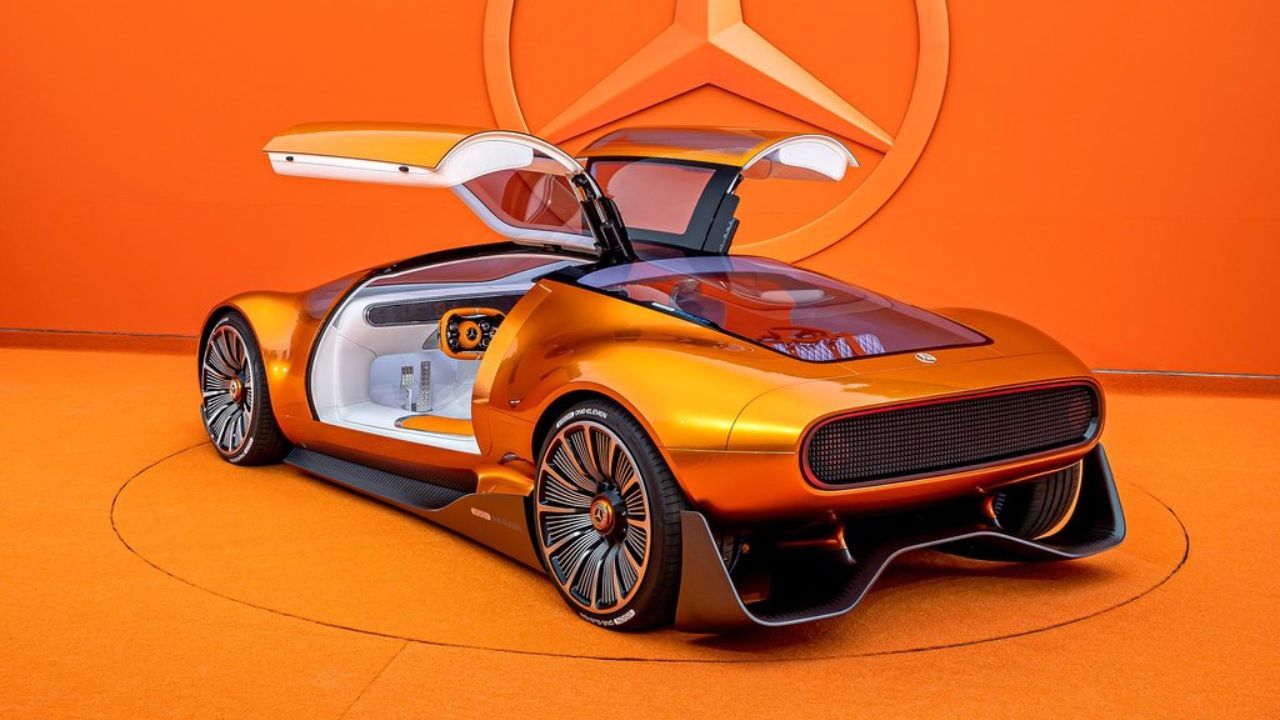
The company's YASA subsidiary developed the axial-flux electric motors that allow for the compact design. Engineers have greater leeway in terms of where to put axial-flux traction motors, which are 66% more powerful than the radial-flux motors used in previous Mercedes EVs. The Vision One-Eleven's unusually protruding wheel arches hint that the vehicle's 1282.2bhp is generated by a set of axial-flux motors mounted near the wheels. The Vision One-Eleven is mostly a style exercise and not a powertrain proving ground, thus all of this remains theoretical.





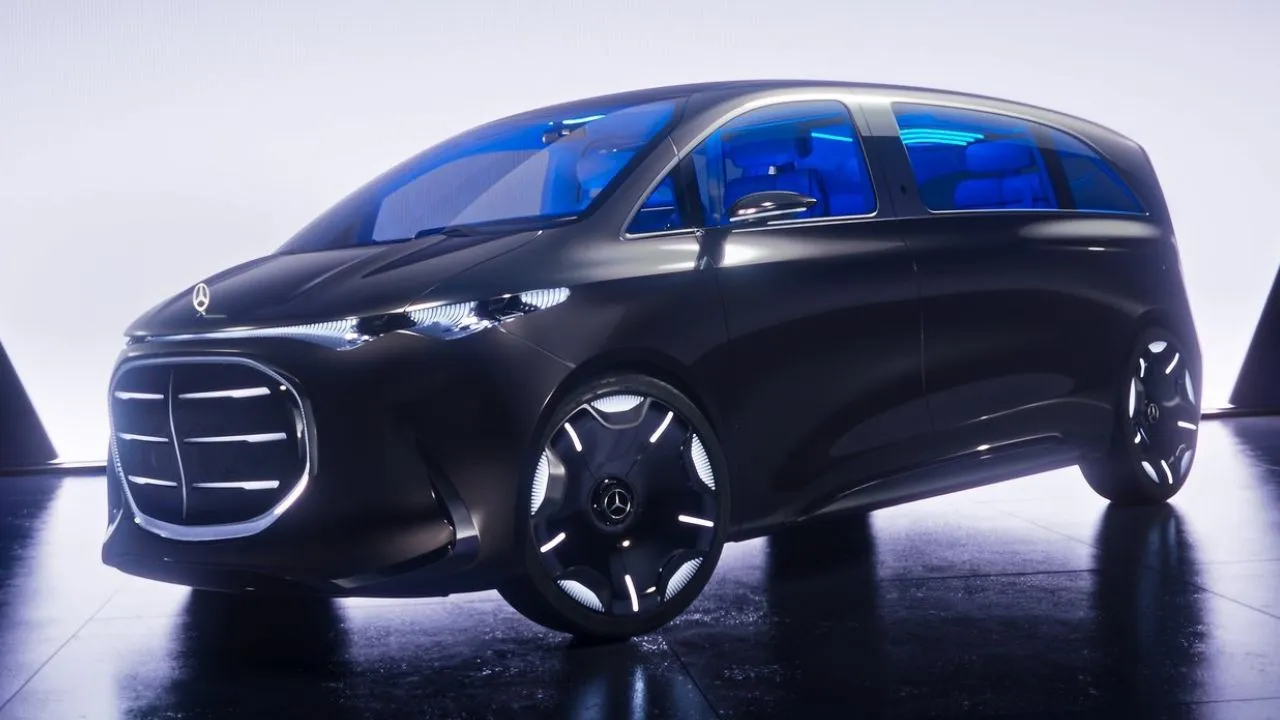
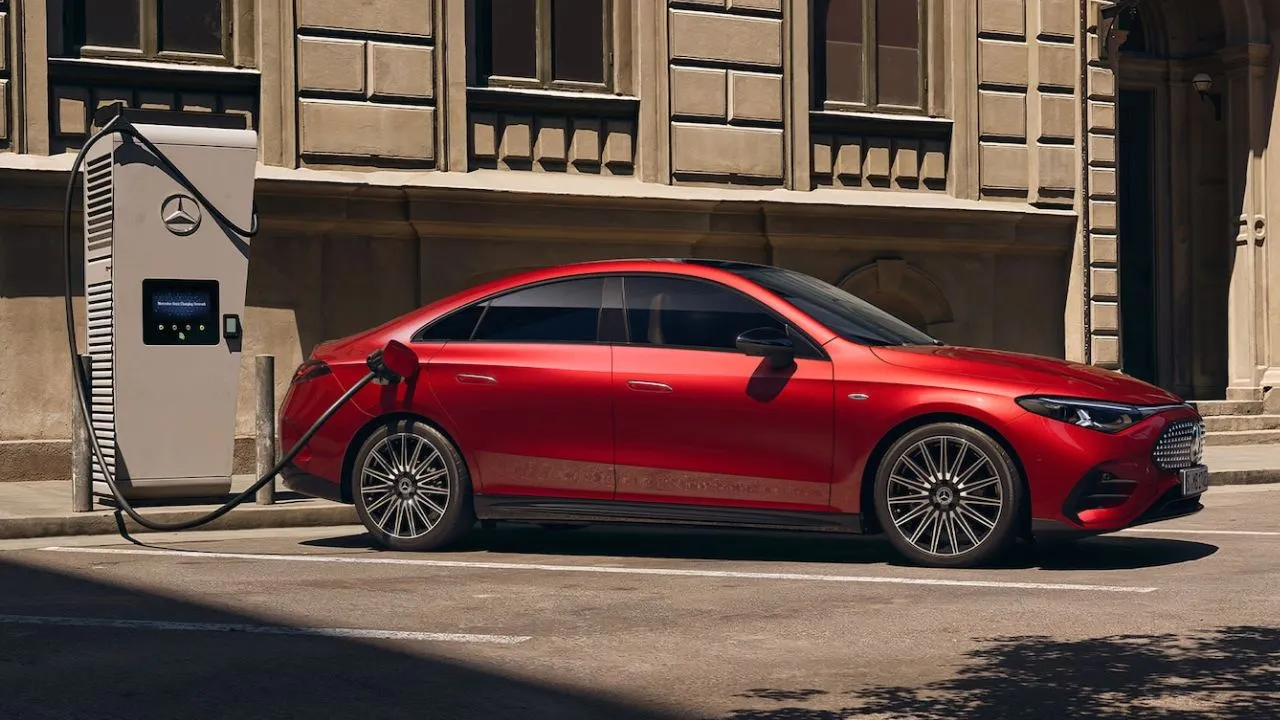

Write your Comment on